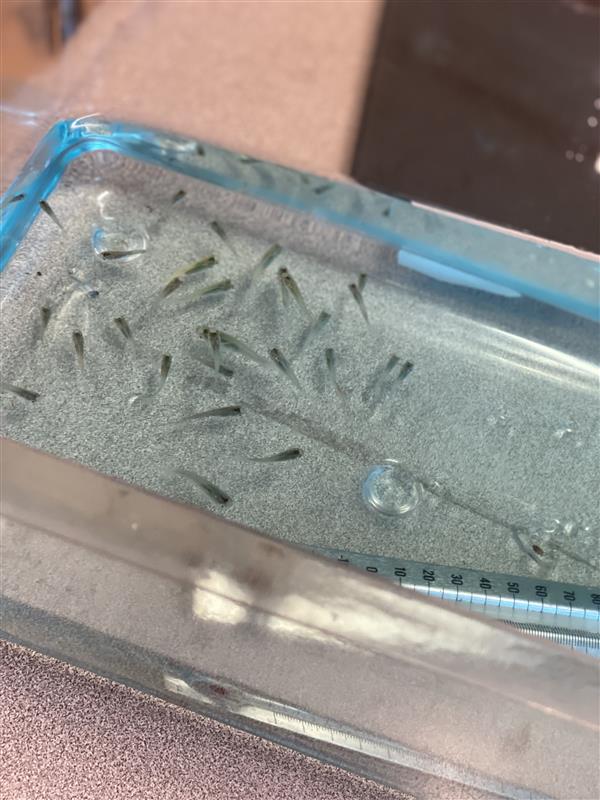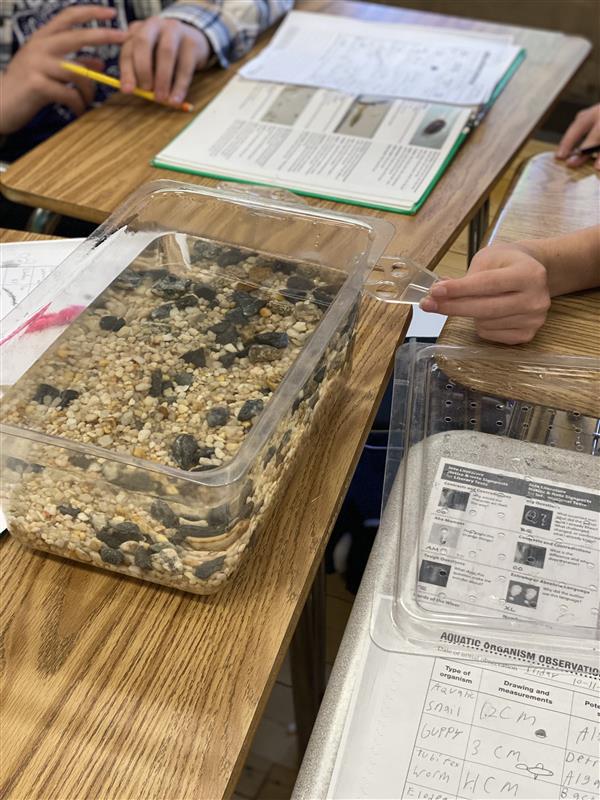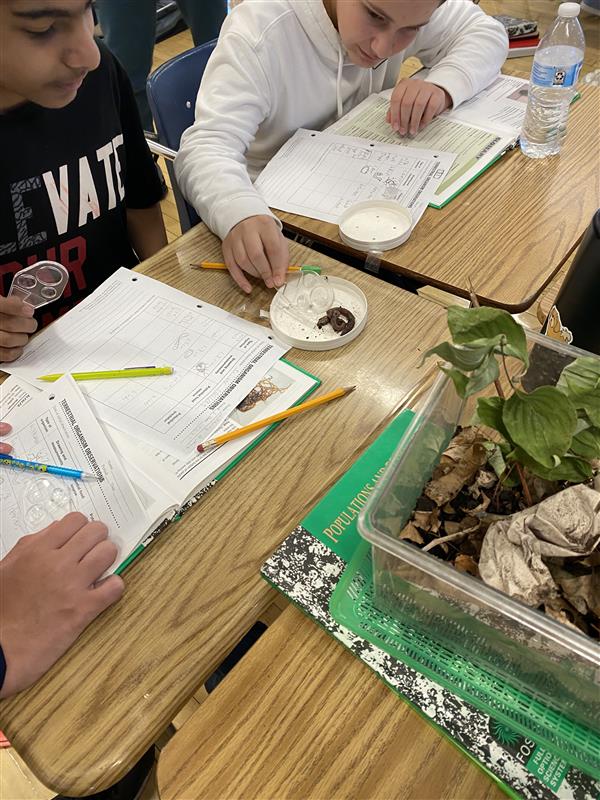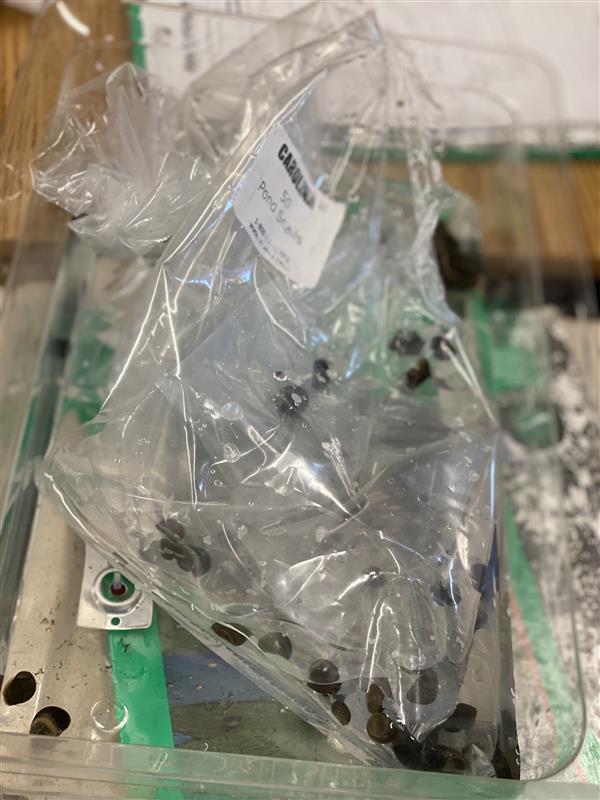SWIGONSKI, JENNIFER ANN
Page Navigation
- Woodrow Wilson Middle School
- POPULATION & ECOSYSTEMS






-
Ecological Successions
Ecological succession describes a typically natural change over time of species within a community or ecosystem. These changes result in some species becoming more abundant while others may undergo a decline.
-
Genetics: Inheritance via genes and their alleles
Genetics is the study of genes and inheritance in living organisms.
-
Natural Selection - Evolution
Natural selection is the adaptation strategy of living organisms on Earth. It occurs when they acquire and evolve a trait with time that provides them a distinct advantage for their survival and reproduction over other organisms in the population.
-
Adaptations
adaptation, in biology, the process by which a species becomes fitted to its environment; it is the result of natural selection’s acting upon heritable variation over several generations. Organisms are adapted to their environments in a great variety of ways: in their structure, physiology, and genetics, in their locomotion or dispersal, in their means of defense and attack, in their reproduction and development, and in other respects.
-
Biodiversity
The variety of life found in a place on Earth or, often, the total variety of life on Earth. A common measure of this variety, called species richness, is the count of species in an area.

